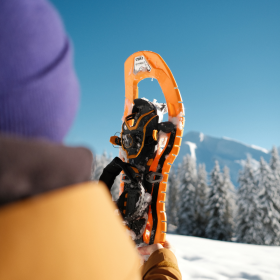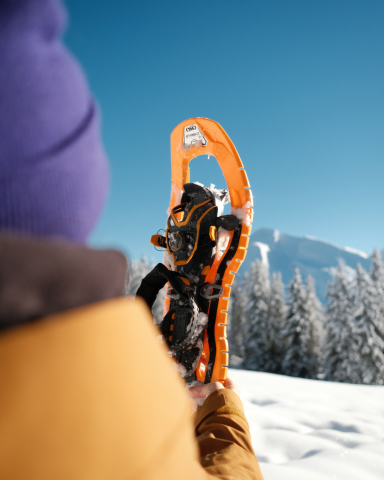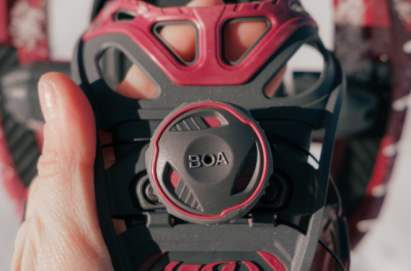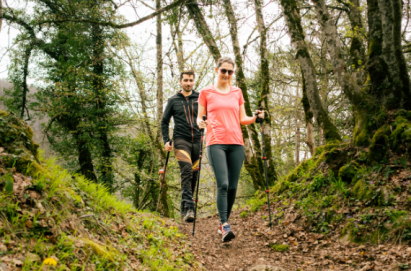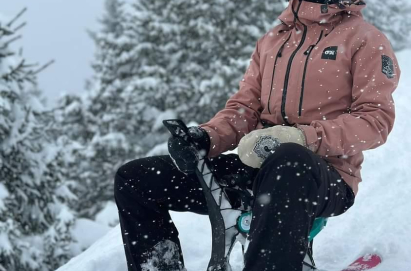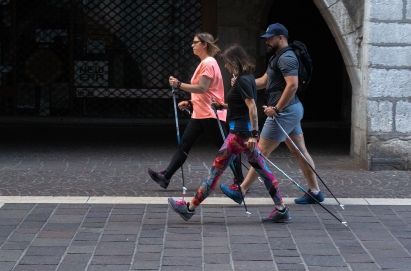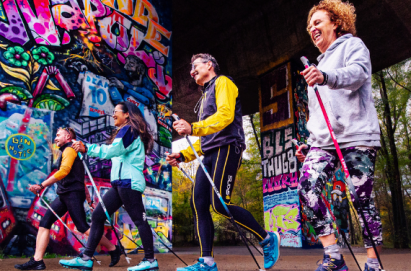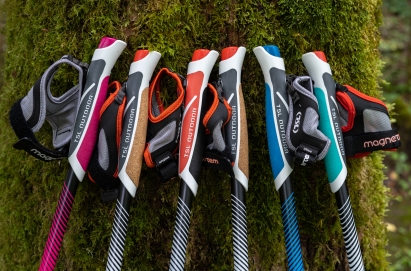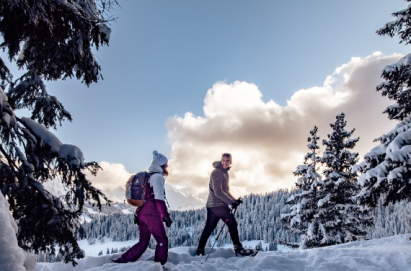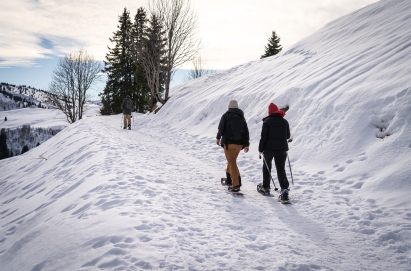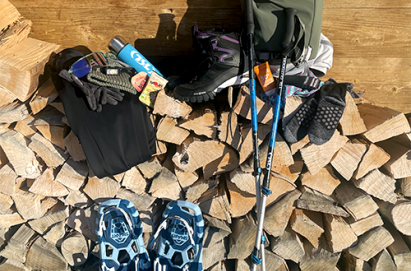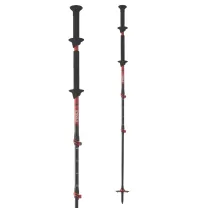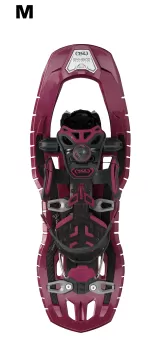
Do You Need Poles to Snowshoe?
The first seasonal snowfall marks an important moment as winter adventurers flock to enjoy the frosty terrain. It’s an occasion like this that trekking poles, often paired with snowshoes can enhance stability and provide both amateur and beginner snowshoers with a complete upper body workout. However, the question beckons: Are poles essential for every snowshoeing journey?
Trekking poles in snowshoeing are not just an accessory but a tool that can transform your experience, especially on unsteady or steep terrains. Whether you're navigating the soft powder of a new trail or retracing a familiar path, you must have asked yourself at one point, Do you need poles for snowshoeing? Understanding when and how to use these poles can elevate your snowshoeing experience from a simple activity to an art form.
With TSL Outdoor, we have the breakdown of snowshoeing with poles, providing you with information that is both practical and on every snowshoer enthusiast’s mind — do you really need poles to snowshoe?
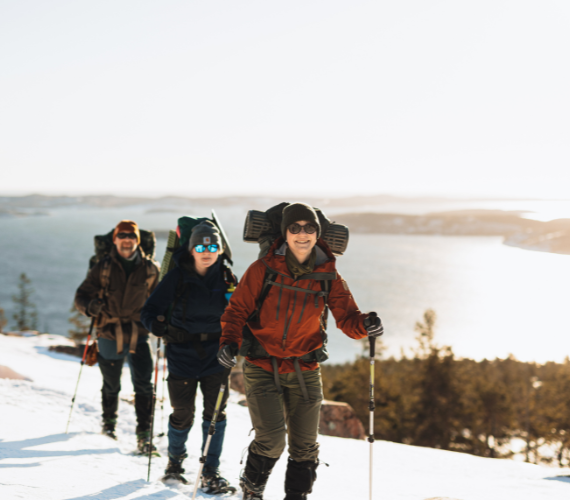
The use of combining trekking poles with snowshoes isn't a modern invention; it is a practice steeped in history. Though the exact origin is murky, trekking poles have been a part of snowshoeing since its inception. Here, we trace its evolution:
- Ancient Practices: Primitive versions of snowshoes and poles have been used for thousands of years, essential for winter travel and hunting in colder regions.
- Evolution Through Time: From basic wooden sticks to today's adjustable, high-tech poles, they have evolved to meet the snowshoer's needs for balance and support on all types of frontiers.
- Cultural Integration: Various cultures adapted the use of poles to their specific environments, showcasing a global appreciation for this vital tool.
Understanding the rich tapestry of snowshoe trekking poles adds depth to our modern-day use, connecting us with the past explorers who traversed snowy expanses.
The Advantages of Poles While Snowshoeing
Much like our ancestors, we often seek the same comfort and ease with each step we put forward on a powdery terrain. Whether you're new to snowshoeing or are a backcountry pro, snowshoe poles can be your winter ally just like a cup of hot chocolate by the chimney to unwind after a long day outdoors. Here's why:
- Better Balance: Poles provide extra points of contact with the ground, helping to stabilize your steps on uneven or slippery surfaces.
- Reduced Impact: backpackBy distributing some of your weight to the poles, you can reduce strain on your knees and ankles, especially when carrying a backpack.
- Energy Efficiency: Poles can help propel you forward, conserving energy on long treks by engaging your upper body in the effort.
- Varied Terrain Navigation: When facing steep inclines or declines, poles become essential tools for maintaining control and pacing.
With these advantages, trekking poles become more than just accessories; they transform into essential gear that can support a wide range of snowshoeing experiences.
For Beginners
As a novice, you might find that poles help you gain confidence as they provide a reliable support system while you're getting accustomed to the new activity. As well as buying the correct snowshoes for women, snowshoes for men and kids
For Experts
Experienced snowshoers will appreciate poles for the extra leverage and support they provide in complex, rugged terrain, where precision and safety are paramount.
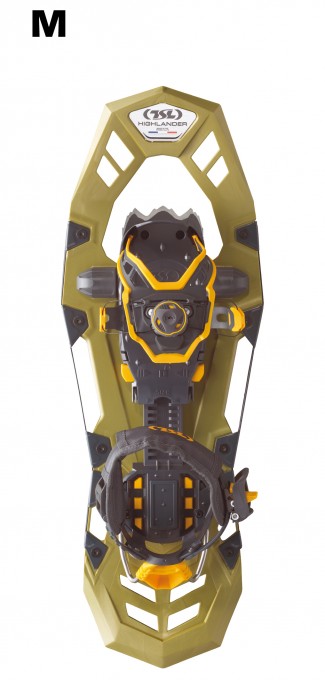
HIGHLANDER ADJUST

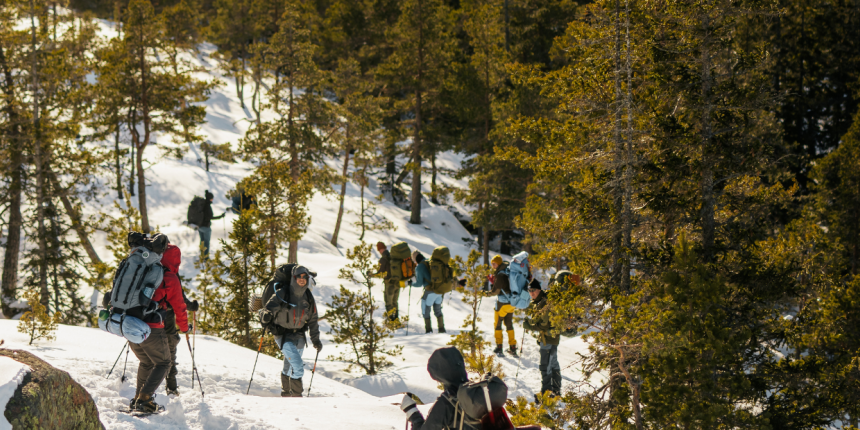
Snowshoe trekking poles are designed with a set of features tailored to enhance your winter expedition. Let's break down the key components:
- Adjustability: Most snowshoe trekking poles have adjustable lengths to match the terrain. Shorten them for uphill climbs and lengthen for downhill.
- Snow Baskets: These circular attachments at the pole's base prevent sinking into deep snow, crucial for maintaining energy and rhythm.
- Ergonomic Grips: Designed for comfort, these grips reduce hand fatigue, allowing for a firmer hold during longer outings.
- Durable Materials: Typically crafted from aluminum or carbon fiber, poles are made to withstand the rigors of snowshoeing across varied terrains.
Expert Insights: When and How to Use Trekking Poles WHILE Snowshoeing
The decision to use trekking poles in snowshoeing is often informed by personal experience and the specific conditions of the trek. Seasoned snowshoers share their insights:
- Assessing the Terrain: Poles are almost indispensable in rough terrain where balance and stability are critical for safety.
- Personal Preference: Some experts prefer the added control and support poles provide, especially on steep ascents and descents.
- Material Considerations: The choice between lightweight carbon fiber or more robust materials can affect durability and performance.
- PRO TIP 101: Consider more robust materials if you’re traveling off trail, a rugged terrain will require poles that are sturdy.
Incorporating these expert insights can guide so each step taken in the great outdoors is done in stride and with safety in mind.
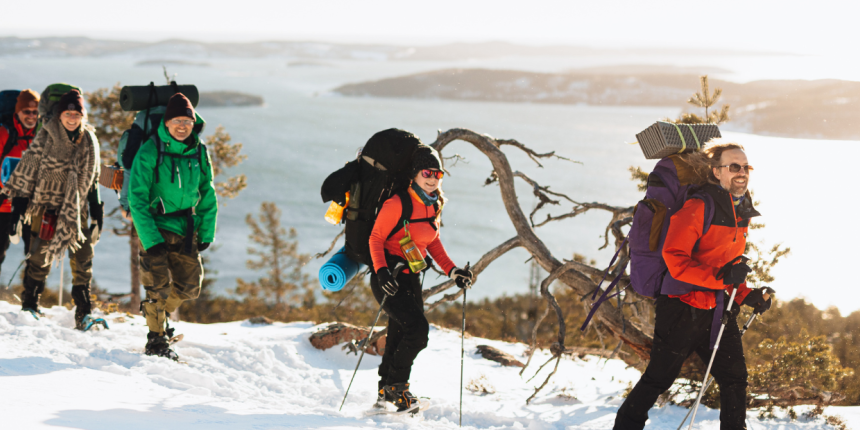
Flat trails or climbing steep slopes, it doesn’t really matter! The role of trekking poles in snowshoeing can vary. Here are some tips for your different snowshoeing scenarios:
- Flat Terrain: Poles may not be necessary on flat, compacted trails, but they can still aid in maintaining a rhythm and providing an upper body workout.
- Steep Inclines: On uphill paths, poles become crucial for leverage, helping you maintain momentum and reduce unnecessary exertion.
- Deep Snow: In deep snow, poles with larger snow baskets prevent sinking and assist in pulling yourself up from post-holing.
- Varied Snow Conditions: When traversing trails with variable snow depth and consistency, poles improve stability and can prevent falls.
Balancing Personal Preference with Practical Needs in Snowshoeing
The next time you ask yourself the question, Do You Need Poles to Snowshoe? your decision should be based on your personal preference and the practical demands of the terrain. While poles offer undeniable benefits in terms of balance, support, and energy efficiency, particularly in challenging conditions, their necessity varies based on individual comfort and the nature of the trail.
Essentially, the right pair of poles can be invaluable companions in your snowshoeing journey. Remember, every step in the snow is an opportunity to connect with nature, and the right gear can enhance this experience 10-fold.
For those looking to embark on their next winter adventure, explore TSL Outdoor's extensive range of equipment including snowshoes for women and children as well as snowshoeing trekking poles, all designed to make every snowy expedition memorable and comfortable for all ages. Don’t wait to gear up at the last minute!
